Our role model, Jesus, was intentional at the start of his mornings, carving out space and time to personally give himself to the direct presence of the Father. We in our day might label this as his quiet time. Regardless, the action was predictable. Conversing with God is a thing he looked forward to, this life rhythm of communion.
Inhaling and exhaling air is an activity we (as did Jesus) practice a lot while seldom ever consciously thinking about it. Breathing comes automatically. In his repeated ‘practice’ of meeting with God upon his daily risings, Jesus had grown to ‘automatically’ pray. Not robotically, as in responding to external commands, but meeting with his Abba Father as a much-beloved offspring. He (unlike me whose mind far too easily might get hijacked by distraction) purposely – eagerly? – pushed aside the many lesser attractions vying for attention.
Nothing going on around Jesus on any given occasion commanded his attention more than nearness to Abba. Communing with the father trumped all.
The Spirit of Jesus invites us, his beloved apprenticing friends, to this same lifestyle he enjoyed while navigating the many winding, hilly terrains of earth’s pilgrimage. He really does.
Christlike living, simply put, involves prayer-centered living.
Jesus’s predictable beginning-of-day habit of prayer was no less familiar to him than his other common practices – breakfasting, teeth-cleaning, sandal-strap latching.
Doesn’t it seem reasonable that apprentices of Jesus are those persons who regularly apply themselves in patterning their lives after him? In dependence on him, routinely employing those practices that clearly marked his own life rhythms.
Summing up. It is not complicated. The call of the disciple is to,
(1) Engage the common practices that he, the son of man, routinely undertook
(2) Often ask Jesus for his help in putting in place a practice (such as prayer in its varied forms)
(3) Mark out a space where, upon waking each new day, the practice gets underway.
Remember. The disciple is not one who faultlessly follows, but one who follows the faultless One. Receiving from his table generous servings of grace at every step.
©2023 Jerry Lout


